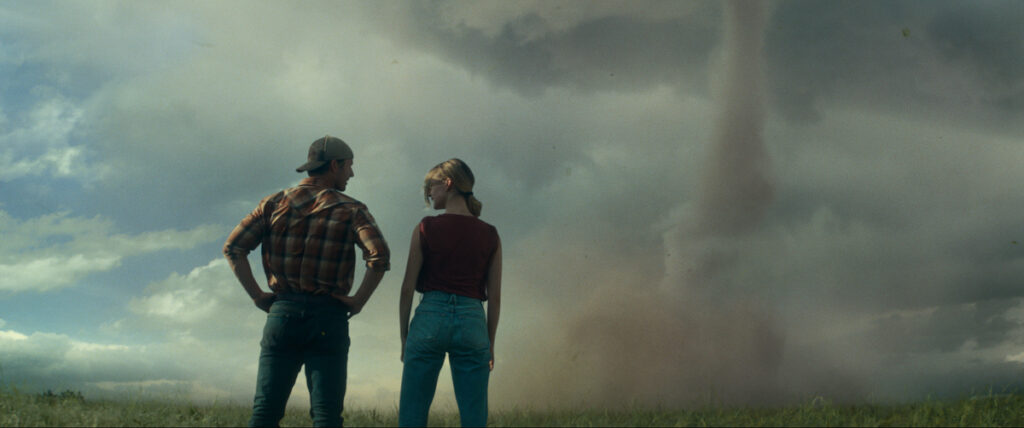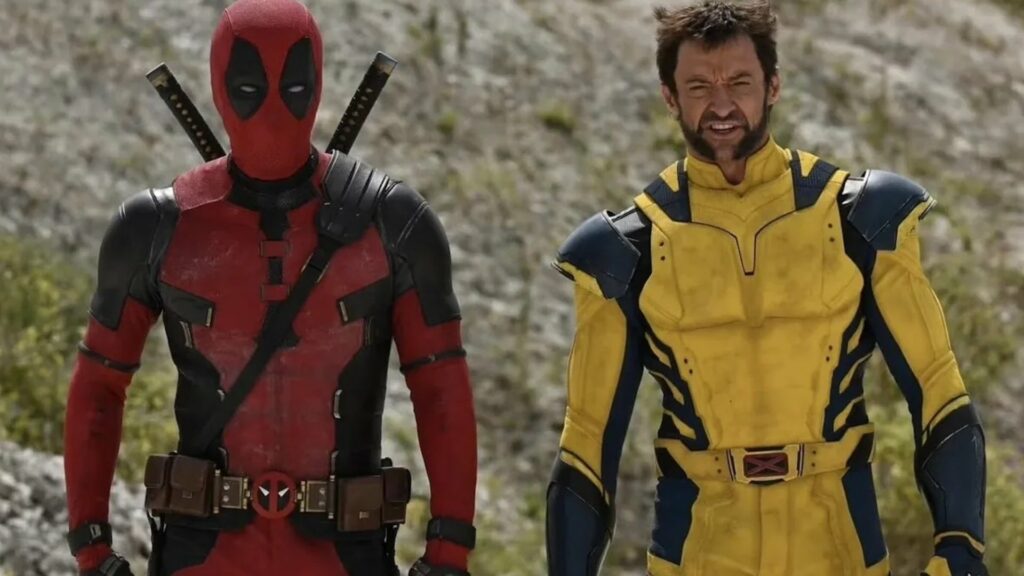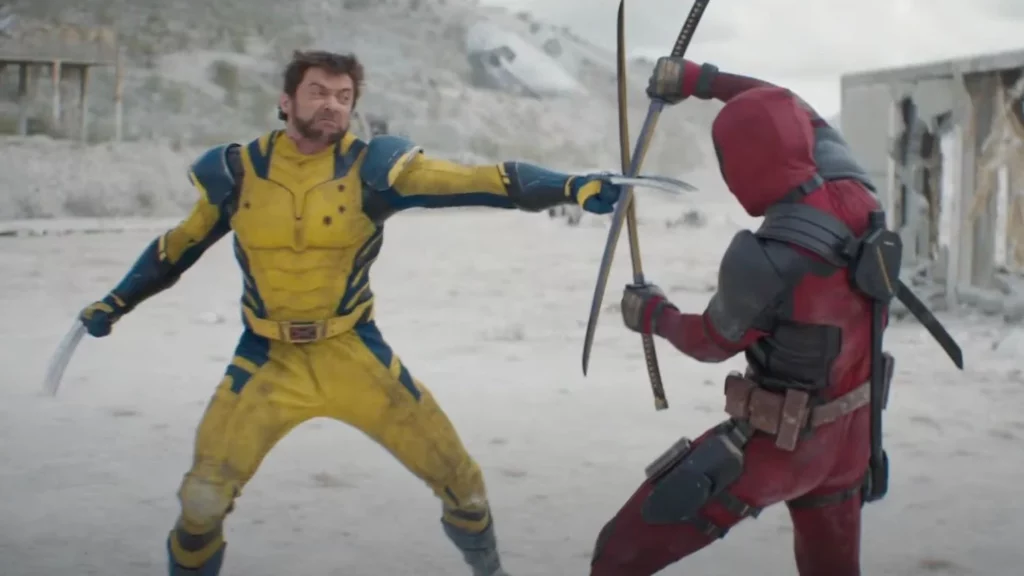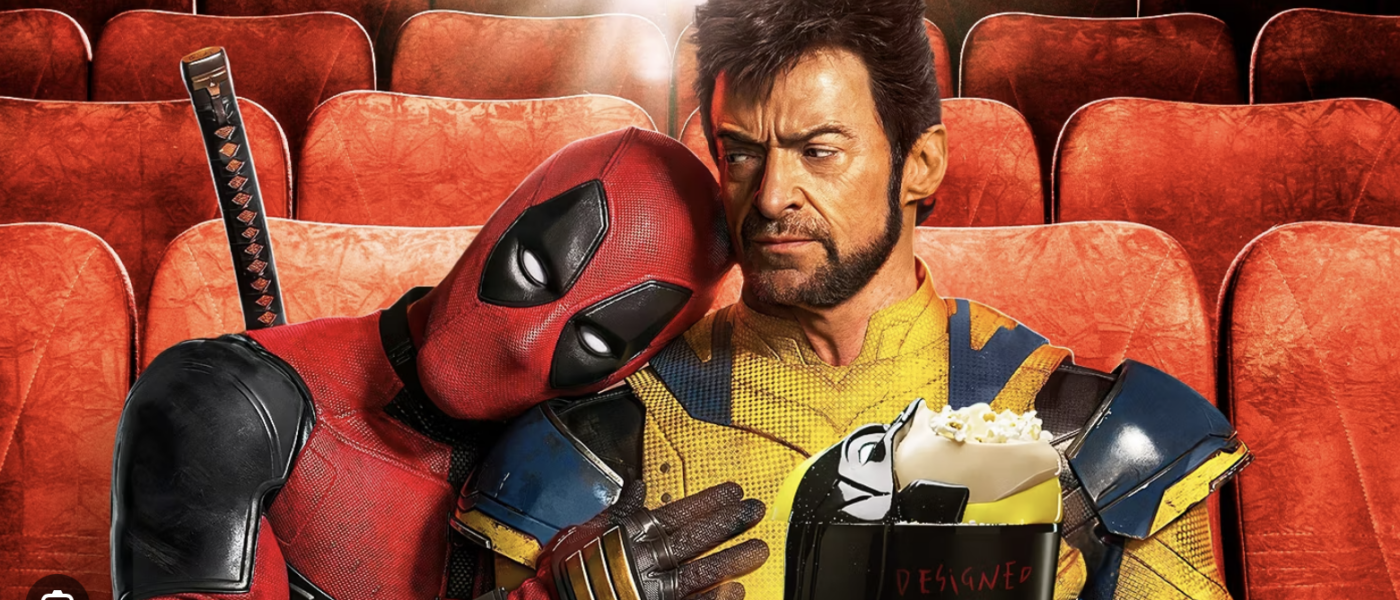Modern movies offering our minds comfort food rather than food for thought
It’s rare for me to devote time to going to a movie theater and watching newly released films.
I normally wait for movies that I’d like to see be made available on streaming services. This way, I’ll either see the film for free or pay a modest fee to rent it. Sure, I’m a cheapskate — but this method keeps more money in my pockets!
So when I indulge myself on the occasional visit to the local theater, I’m stunned by the significant shift in what kind of movies are now being offered. Many films that are released wallow in hyper-fantasy themes.
These include action movies showing little else but unbelievable stunts, films relying largely upon special effects to tell supposedly realistic stories or ones that are obviously completely made up. Then there are the far too numerous animated films made these days, those using computer-generated graphics.
I find this a sad commentary on filmmaking today. While I understand that going to the movies is a form of escapism, I prefer a tad more reality in my escapist quest.
Having some time to kill on a recent day, I took myself to the theater in my community to watch some new films. My first choice of movies to watch was Twisters, and my second choice was Deadpool & Wolverine.
Of the two, Twisters was somewhat more tolerable than Deadpool & Wolverine. Both have aspects that were objectionable, however, and I found each to be unsatisfactory.

***SPOILER ALERT: This essay discusses key aspects of these two films.***
The primary focus of the narrative in Twisters was utterly implausible to me. I didn’t know until now that it was a sequel to the 1996 film Twister. Understanding this wouldn’t have helped me appreciate Twisters more because I never saw the original.
Kate Carter (portrayed Daisy Edgar-Jones) returns to her native Oklahoma to participate in research with a team of specialists examining how tornadoes form. The hope is that by gaining a deeper understanding of what drives tornadoes, scientists can devise ways to reduce their force and mitigate their destructiveness.
Tyler Owens (Glen Powell) is a hotdog storm chaser who regularly posts his adventures on YouTube. His exploits thrill the millions of viewers that his posts attract, and he delivers the goods.
Owens accomplishes this by driving his pickup truck into the path of an oncoming tornado. He then secures his truck with large drills that are screwed into the ground. When his truck has been enveloped by the tornado — with him and his crew still inside it — he sets off fireworks that shoot through the tornado and explode just above it.
Carter agrees to work with a former colleague in Oklahoma for a week to carry out research. This week is particularly vexing for residents there as atmospheric conditions have aligned to make multiple tornadoes likely. The movie focuses on the initial competitiveness between the two teams involving Carter and Owens.
And the weather in this part of Oklahoma cooperates nicely. The two teams race each other to chase down at least one tornado every day. Some days there are more than one tornado — occasionally at the same time.

Needless to say, this week is a goldmine for storm chasers. In addition, these tornadoes have quite lengthy lifespans. They last long enough for the two teams to determine their courses of movement, circle around them and move directly in their paths.
This is where Twisters begins to show its weaknesses. Most tornadoes last just a few minutes. And multiple, separate tornadoes are pretty rare.
In the film, numerous tornadoes occur throughout the week. While the weather may remain awful in a region for days at a time, in reality the specific conditions necessary for a tornado to form don’t stick around all that long. The general threat of a tornado could stretch over a few days, but that doesn’t mean that multiple tornadoes are imminent.
One scene depicts a tornado plowing through a community where a rodeo is being held. This is odd because a tornado (or was it two? I forget) struck the region earlier that day. So conditions where another tornado could form were present.
If this was the case, who in the world authorized going ahead with a rodeo? Meteorologists know hours in advance when conditions may align to form a tornado, and they warn people to take precautions.
As for Owens’s ability to anchor his truck safely to the ground as a tornado engulfs him, … really? A tornado that can tear a house off its foundation can rip the roof off a pickup truck and suck everyone inside the vehicle upward to their certain death.
A more likely fate would come from all the debris swirling around the storm, which could easily smash into the truck’s windows and cause injuries and/or deaths. I’m going to climb out on a limb and predict that no storm chaser tries such a stunt, much less successfully does this on a regular basis.
Yes, I know that I’m nitpicking here. I’m overthinking this and being petty. Movies are meant to entertain people, not necessarily be taken literally.
But I usually can’t suspend disbelief all that far. If plots start defying reality in a significant way, I lose interest.
And I’m OK with the occasional film that requires you to park your brain. My concern is that so many movies these days rely so heavily on special effects and credibility-busting storylines that it seems this has become the norm rather than the exception.

The second film I saw, Deadpool & Wolverine, is easier for me to dismiss. Starring Ryan Reynolds and Hugh Jackman as the title characters, respectively, it presents itself as a humorous follow-up to the long line of comic book-based movies that have proliferated over the years.
I knew this offering wouldn’t thrill me because I’ve never been a comic book reader or a fan of the movies this genre has inspired. I couldn’t tell the difference between an X-Man and a Wolverine or an Avenger if my life depended on it.
What shocked me the most was how ruthlessly violent this supposedly funny film was, particularly at the beginning. It also got many of its laughs off the incessant profanities used throughout.
Granted, the violence in these movies is carried out in such a surreal manner that audiences take it less seriously than violence shown in a non-fantasy films. The comic book characters get stabbed and shot numerous times but shake it off because their bodies “regenerate.”
However, these movies still use excessive violence to enthrall audiences. I’ve become more cognizant in recent years of how much we depend upon violence to keep us entertained — and then we’re horrified at all the actual violence that takes place around us.

I’m not suggesting there’s direct connection between watching violence in films or on TV and committing it. But it shows that on some level, we accept violence as an integral part of our society. It’s reflected in our TV shows, our movies, our songs, our sports, our literature and our rhetoric.
To top it all off, much of this violence fuels our consumer-based economy. None of this is heathy.
The violence in Deadpool & Wolverine is often used to draw laughs. I don’t want to sound like a prude. But when we get to the point where we normalize the use of graphic violence as a form of comedy, there’s something seriously wrong with us.
Many films from previous eras didn’t make use of special effects or employ fantasy themes to the extent that they do now. At least, that’s what I perceive is going on. Avid movie buffs may disagree with me, and I welcome any feedback on how much this is done today as opposed to various times in the past.
But I recall that most major films released years ago had realistic storylines even when the plots were fictional. In doing so, they helped us explore life’s complexities by looking at how characters addressed problems.
More movies today are journeys into total escapism. Yes, they can still teach us something about handling issues.
But it seems to me that the emphasis in modern filmmaking these days is more on stirring a feeling of escape from life rather than the experience of learning about it. If we keep our brains in park for too long, the gears that drive the thought process will rust to the point where they don’t work. My fear is that we’ve already entered this phase.


